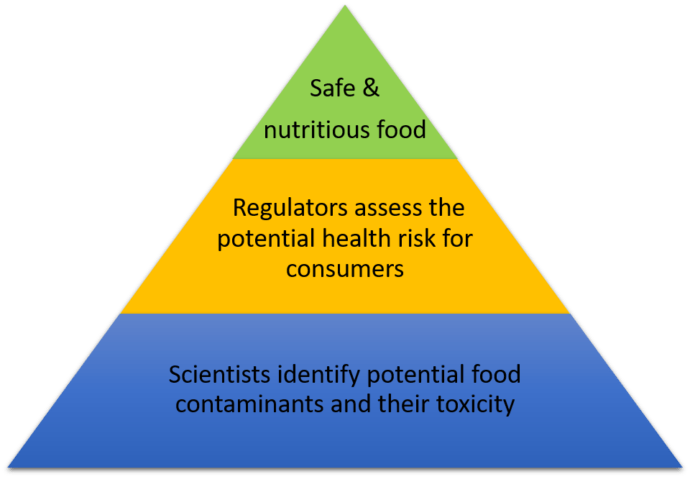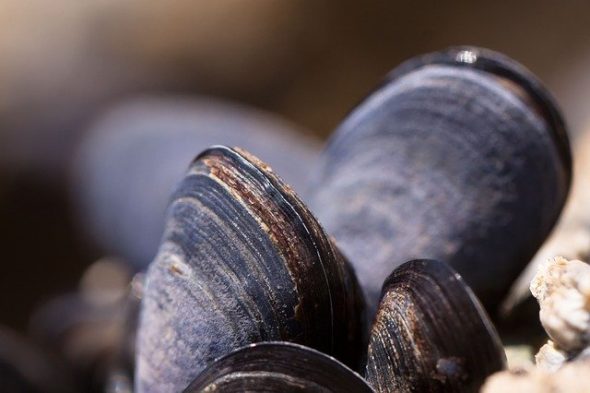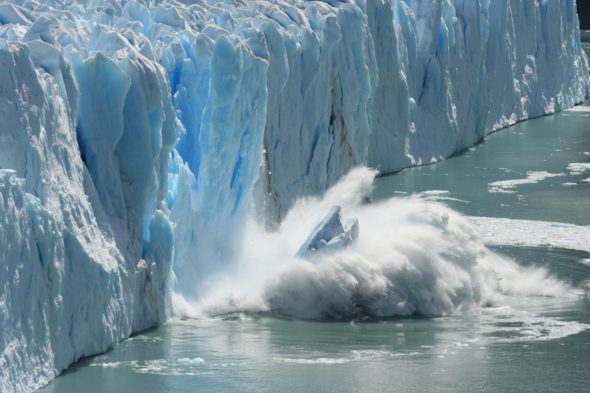Mycotoxins
Mycotoxins are produced by fungi that grow on crops in the field or during storage. Many different fungi exist including Aspergillus, Fusarium and Penicillium and some strains of fungi produce mycotoxins while others are harmless.
Mycotoxin production by fungi is driven by climate parameters such as rainfall and temperature, and climate change and extreme weather events can enhance their growth.
Mycotoxins are poisonous chemicals which can be present in agricultural crops and can contaminate foods. Mycotoxins are also commonly found in coffee, spices, nuts and dried fruits. Some important mycotoxins include aflatoxin, deoxynivalenol and fumonisins and once mycotoxins are produced it is very difficult to remove them from foods and animal feed.


To ensure that people don’t consume too high levels of mycotoxins through their diet regulators like Food Standards Agency and the European Food Safety Authority set maximum levels of mycotoxins which are allowed in foods.
Marine biotoxins
Marine biotoxins are toxins that are produced by phytoplankton, which are present in the marine environment. These toxins can accumulate in shellfish such as mussels, scallops and oysters. When humans, animals and fish consume these shellfish, the toxins can cause illness and in rare cases even death. Food containing biotoxins does not taste or smell different and biotoxins are not eliminated by cooking or freezing.
There are several types of marine biotoxin. Gastrointestinal problems including nausea, vomiting, stomach cramps and diarrhoea are common but some toxins can also cause problems with memory, especially in the elderly and others cause neurological problems such as tingling sensations, numbness, weakness and sometimes even paralysis.

Overgrown phytoplankton populations are also known as algal blooms. Algae is a broad term that covers a range of different species but they are generally defined as microbes that can generate energy through photosynthesis, like plants. Different types of microbes can form these blooms, including dinoflagellates and diatoms as well as cyanobacteria. They can also be present in ponds, canals, lochs, rivers and reservoirs. Because the growth of the algae that produce these biotoxins increases with temperature, there is concern that climate change will lead to higher levels of these biotoxins. In Scotland, waters where shellfish are commercially harvested are monitored to ensure that the levels are safe. If biotoxin levels in these waters are too high and considered unsafe, the area is closed.
Read also

Farming and environment
Climate change
Climate change is a global concern with the potential to affect all forms of life on planet Earth. Microbes are no exception.

Farming and environment
Crop diseases
Microbes can also cause plant diseases and farmers work hard to keep their crops protected.